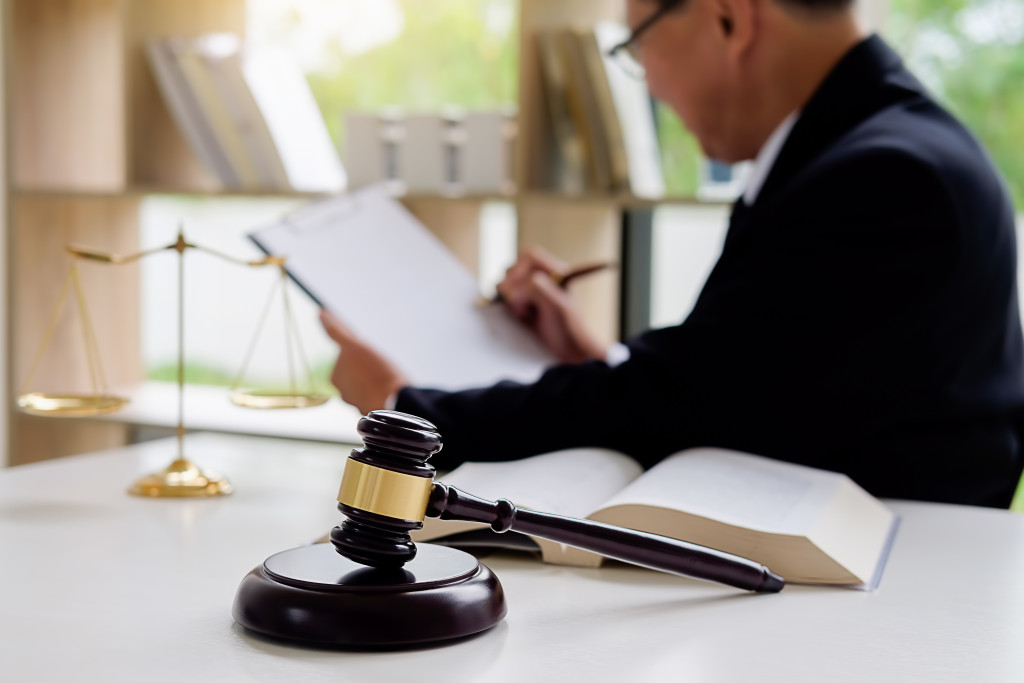There are many common occurrences of personal injury cases. One of the most common is car accidents. Car accidents can lead to various injuries, such as neck and back injuries, whiplash, and broken bones. Other common personal injuries include slip and fall accidents, dog bites, and workplace injuries. When it comes to personal injury cases, most people only have a vague understanding of the legal process involved. By understanding what to expect, plaintiffs will be better equipped to handle their cases and navigate the legal system. Additionally, this information can be helpful for anyone who is considering bringing a personal injury case against another party. Here are the steps of a typical personal injury case:
Investigation Stage
Your lawyer will want to review the evidence collected during the investigation. This includes witness statements, police reports, and any other documentation that was gathered. They will also want to interview any witnesses who were interviewed by the police. If there are any discrepancies between the evidence and what the witnesses say, your lawyer will work to get to the bottom of it. You will also have to be honest with your lawyer during this stage. This may be difficult if you don’t remember everything about the accident or if you’re discussing sensitive information. Still, your lawyer must have all the information they need to build the strongest possible case for you.
Getting Evidence or Witnesses
In any personal injury case, evidence is key. You will need to compile as much evidence as possible to support your case and prove that the defendant is responsible for the injuries sustained. This can include medical records, police reports, witness testimony, and other relevant documentation. So ensure you keep these documents well. The more evidence you can gather, the stronger your case will be. However, if you’re aware that there are third persons that may have evidence that can help your case, you and your lawyer can consider compelling them to step forward using a subpoena.
A subpoena is a formal request for someone to appear in court or to provide evidence. This is essential in cases such as asking a witness to the incident to give a statement or requesting copies of a surveillance video from a nearby business. This process starts with your attorney organizing the necessary forms that detail what you’re requesting and why. Once the paperwork is in order, the subpoena will be “served“ to the person you’re requesting evidence from. This is often done by a third party not involved in the case to ensure neutrality, such as a professional server or a sheriff. But if you and your attorney want professionals with more field experience in serving subpoenas, you can consider hiring a local subpoena server that can help you get the evidence you need for your case. This will ensure that your evidence is gathered as efficiently and effectively as possible, which is crucial if you have deadlines.
Negotiation Stage
Your lawyer will make demands on the defendant and their insurance company before going to a lawsuit to see if a settlement can be reached. This process is known as negotiation, which can be critical in achieving a favorable outcome for your case. During negotiation, your lawyer will try to get the defendant to agree to pay you a certain amount to settle the case. This involves presenting the defendant with evidence of your injuries and damages, as well as explaining to them how a trial would likely play out. If the defendant agrees to pay you a fair settlement, your case will be over, and you will receive the money you are owed. However, if the defendant does not agree to pay you a fair settlement, then your case will proceed to the next stage: litigation.
Litigation Stage
If negotiation is unsuccessful in settling your case, your lawyer will file a lawsuit on your behalf. Once the lawsuit is filed, the legal process will begin, and both sides will have an opportunity to present their case in court. The first step is usually to file a complaint with the court, and the defendant will then have a chance to answer. Following this, there will be several rounds of pleadings, motions, and discovery before the case goes to trial. This will allow both sides to build their case and present evidence.
If you’re ever injured in an accident, it’s better to be aware of the steps of a personal injury case so you can understand what to expect. This will help you better prepare for legal processes and possible outcomes.




